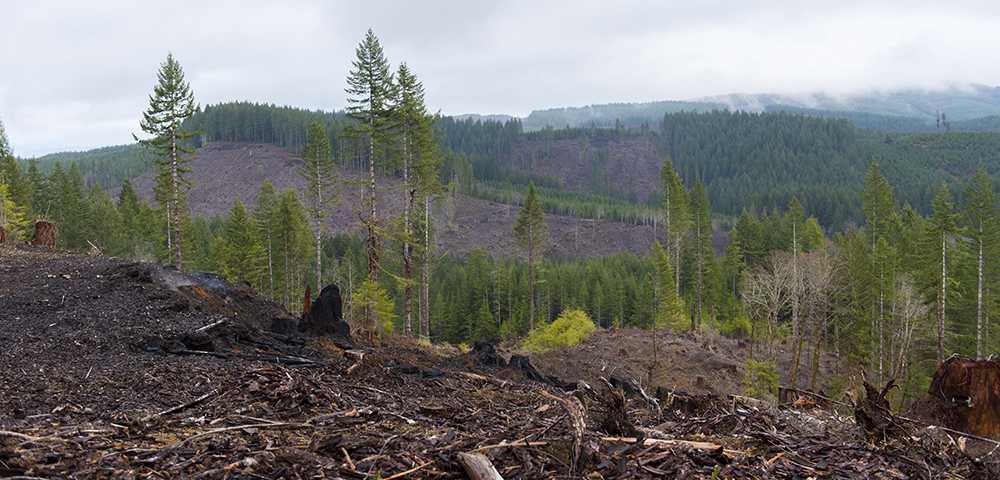For her dissertation, Rebecca Sheridan, who recently received her Ph.D. in sustainable forest management, studied Douglas-fir seedlings. Her research on this famous tree is specific and based on the latest technology available in the Western world, but the Oregon native says one of the essential parts of her graduate school experience takes place 6,500 miles away in Armenia.
“When I started graduate school, I wanted to do research that could be applied and helpful in solving restoration and reforestation issues,” she says. “The work I’ve done in Armenia is a reminder of the tangible outcomes research can have. It helps me stay grounded.”

Sheridan’s major professor was Interim Dean Anthony S. Davis, who has collaborated with the International Programs office of the U.S. Forest Service and other organizations to complete seedling-related projects. In 2016, Sheridan joined him for the first time in Armenia.
During Sheridan’s first visit, the U.S. team worked with a nonprofit organization to build a greenhouse and start the first growing season for seedlings with the goal of restoring the depleted landscape.
Sheridan says understanding Armenian culture, the history of the country and the greater region is important when it comes to the forestry and natural resources industries. For example, after the collapse of the Soviet Union, there was an oil and gas blockade, so tree harvests increased to supply heat to homes.
“Deforestation rapidly increased during that time,” Sheridan explains. “I’m not sure what the landscape looked like before the blockade, but these days, it looks like Eastern Oregon with rolling hills and lots of juniper trees. It’s higher and dryer there, and the goal of this project is to reintroduce native species to the land.”
Sheridan says many of those species are wild versions of edible plants like pear, apple and almond.
“It’s cool to work with species that are familiar to us as food, but are native, wild plants in another region of the world,” she says.
Culturally, Sheridan says Armenia is an exciting fusion of West and East with diverse food and kind people.

During her three trips to the country, Sheridan relied heavily on local knowledge while gathering materials and planning her workshops. The first growing season in 2016 yielded about 200 plants, while during the
2018 season, production increased to about 5,000 seedlings. Now, Sheridan says, the greenhouse is at capacity.
“The biggest challenge is working in such a rural, agricultural community,” she says. “People there have experience with food crops and orchards. We do our best to be respectful of the knowledge of our in-country partners while also highlighting how and why we’re training them to grow container seedlings for restoration in a different way than they might be used to.”
Sheridan says they will plant the seedlings in challenging environmental conditions, without irrigation or long-term maintenance of competing vegetation, so they need to be ready for the conditions they will face. Wildfire is also becoming prevalent in the area, adding a new twist to the project, as Sheridan and her in-country partners consider whether the landscape is fire adaptive.
Sheridan says the international work experience inspired her, and even though she’s not sure what her future holds, she hopes to continue visiting Armenia.
“It doesn’t matter if I understand every detail about how plants grow,” she says. “But, if I don’t understand how fertilizer gets shipped into different parts of the world or the cultural norms that influence what time of day you
can get people to water at our greenhouse, I’ll be less effective in helping solve these problems.”
A version of this story appeared in the fall 2019 issue of Focus on Forestry, the alumni magazine of the Oregon State University College of Forestry. Learn more about international programs within the College of Forestry here.










 This year’s Dean’s Dinner was held on May 14, after the grand opening of the A. A. “Red” Emmerson Advanced Wood Products Laboratory.
This year’s Dean’s Dinner was held on May 14, after the grand opening of the A. A. “Red” Emmerson Advanced Wood Products Laboratory.


